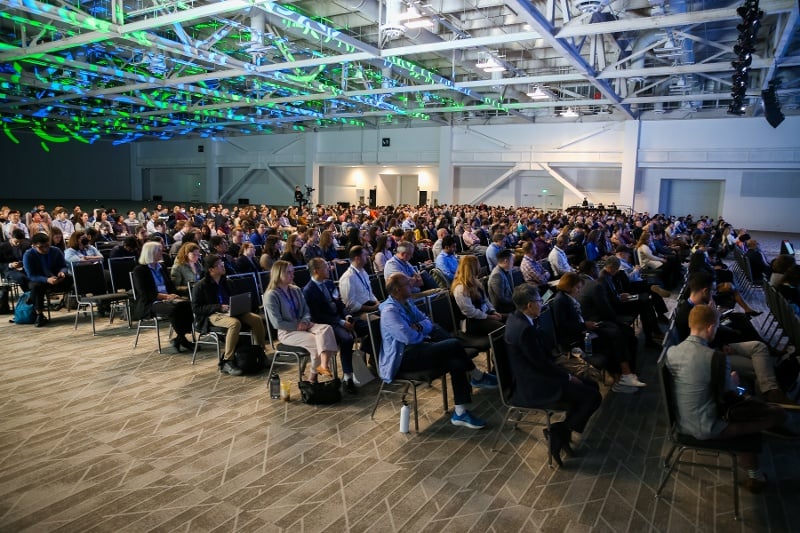Call for Chapter Development Report Reviewers
Want to make an impact? As a CDR reviewer, you’ll evaluate submissions from student chapters and help determine which ones deserve top recognition....
BMES serves as the lead society and professional home for biomedical engineers and bioengineers. BMES membership has grown to over 6,000 members, with more than 160 BMES Student Chapters, three Special Interest Groups (SIGs), and four professional journals.
Welcome to the BMES Hub, a cutting-edge collaborative platform created to connect members, foster innovation, and facilitate conversations within the biomedical engineering community.
Discover all of the ways that you can boost your presence and ROI at the 2024 BMES Annual Meeting. Browse a range of on-site and digital promotional opportunities designed to suit any goal or budget that will provide maximum impact.
Boston University researchers have created an alternative adhesive formula that is biodegradable and easily adapts to suit a wide range of industrial and medical applications that benefit from sticky materials, the university reports
BMES member Mark Grinstaff and his team of researchers set out to design an adhesive with sticking power would also naturally break down after use, according to the article.
“We are replacing current materials that are not degradable with something better for the environment while still maintaining the properties we expect from a performance standpoint,” Grinstaff said in the article. Grinstaff is a BU College of Engineering Distinguished Professor of Translational Research, a College of Arts & Sciences professor of chemistry, and director of the Grinstaff Group.
Grinstaff's team recently published their findings in Nature Communication. The team says the adhesive's formula easily adapts to suit a wide range of industrial and medical applications that benefit from sticky materials.
According to the abstract: With single use plastics comprising almost half of yearly plastic production, it is essential that the design, synthesis, and decomposition products of future materials, including polymer adhesives, are within the context of a healthy ecosystem along with comparable or superior performance to conventional materials. The team created a series of sustainable polymeric adhesives, with an eco-design, that perform in both dry and wet environments. This polymeric adhesive system, composed of environmentally benign building blocks, implements carbon dioxide sequestration techniques, poses minimal environmental hazards, exhibits varied peel strengths from scotch tape to hot-melt wood-glue, and adheres to metal, glass, wood, and Teflon® surfaces.
Read the BU article HERE.
Read the Nature paper HERE.

Want to make an impact? As a CDR reviewer, you’ll evaluate submissions from student chapters and help determine which ones deserve top recognition....

We’re looking forward to seeing you in San Diego, CA., on October 8-11 for #BMES2025.

We are seeking passionate members to join the prestigious BMES Awards and Fellows committees and play a key role in helping us recognize excellence...

Purdue University biomedical engineers have developed a handheld paper device that quickly and accurately detects a different strain of coronavirus,...

A University at Buffalo spinoff company has received a $600,000 contract from the National Institutes of Health to pursue development of a vaccine...

Purdue University researchers have developed RF coils that are formable and stretchable, that could one day replace an MRI machine with an imaging...